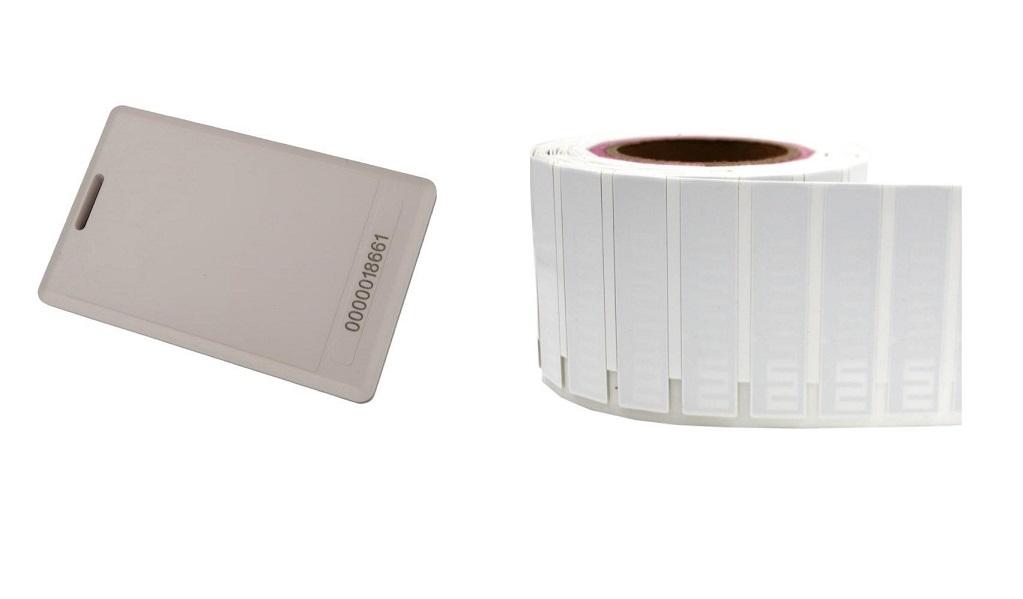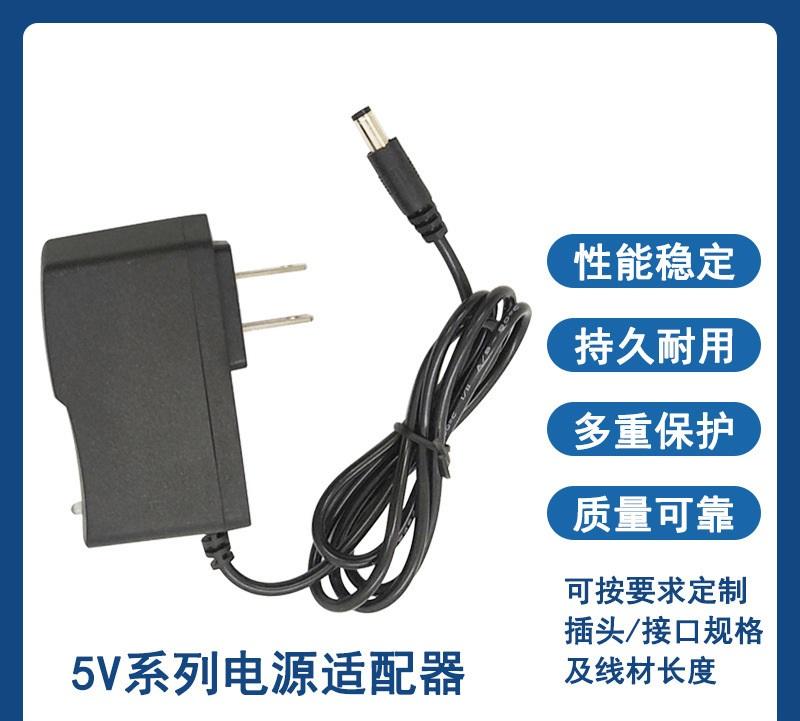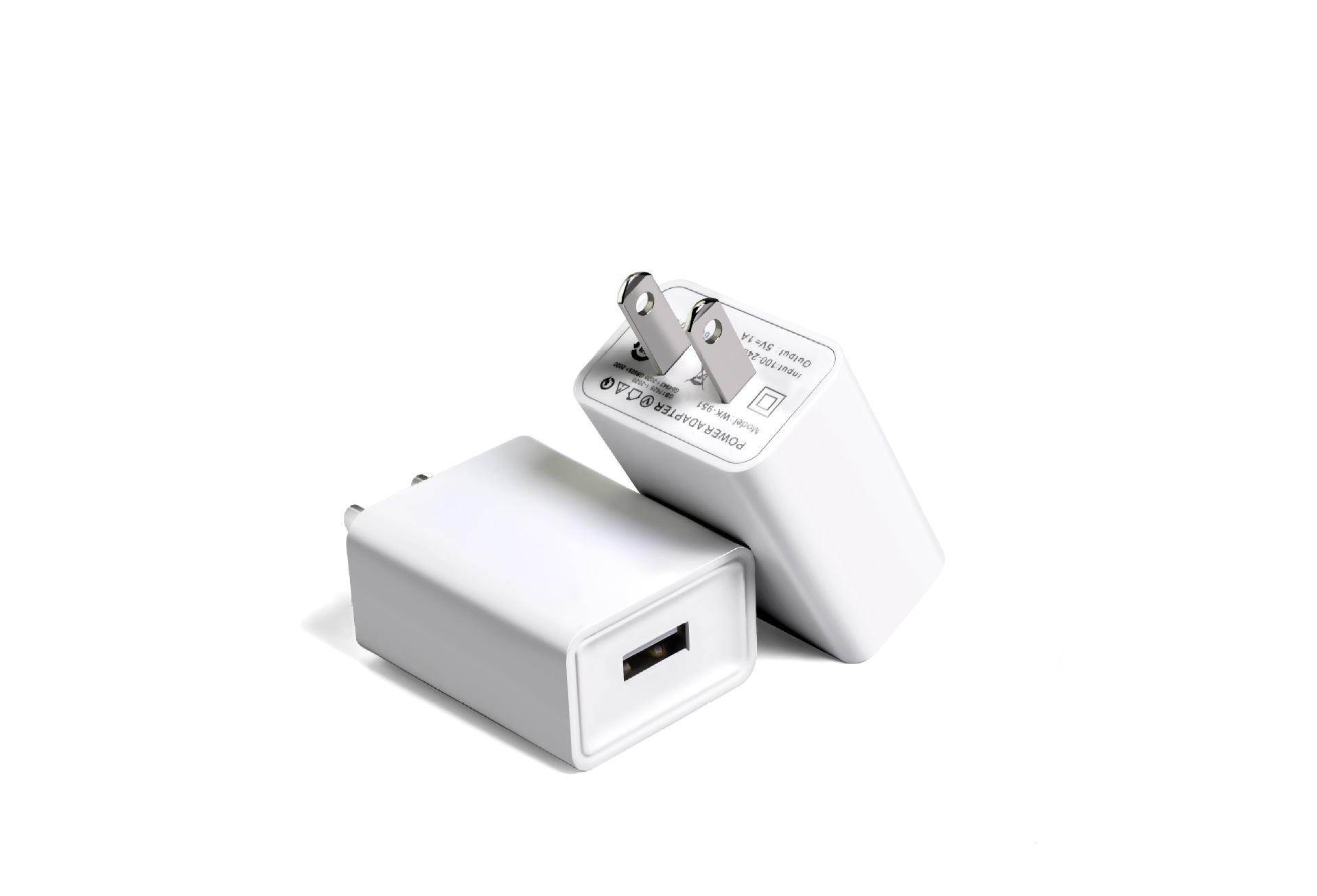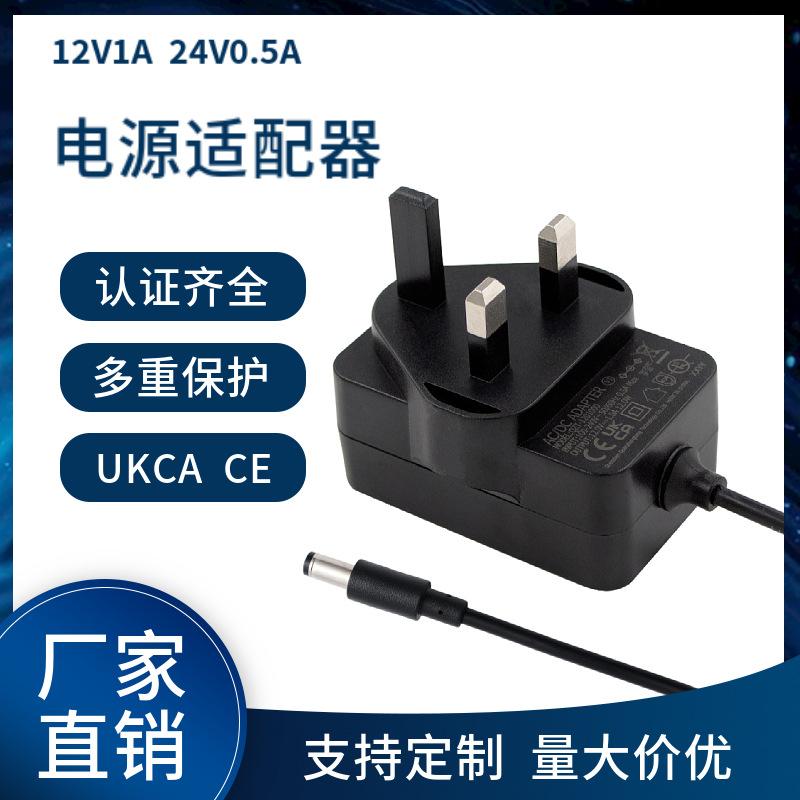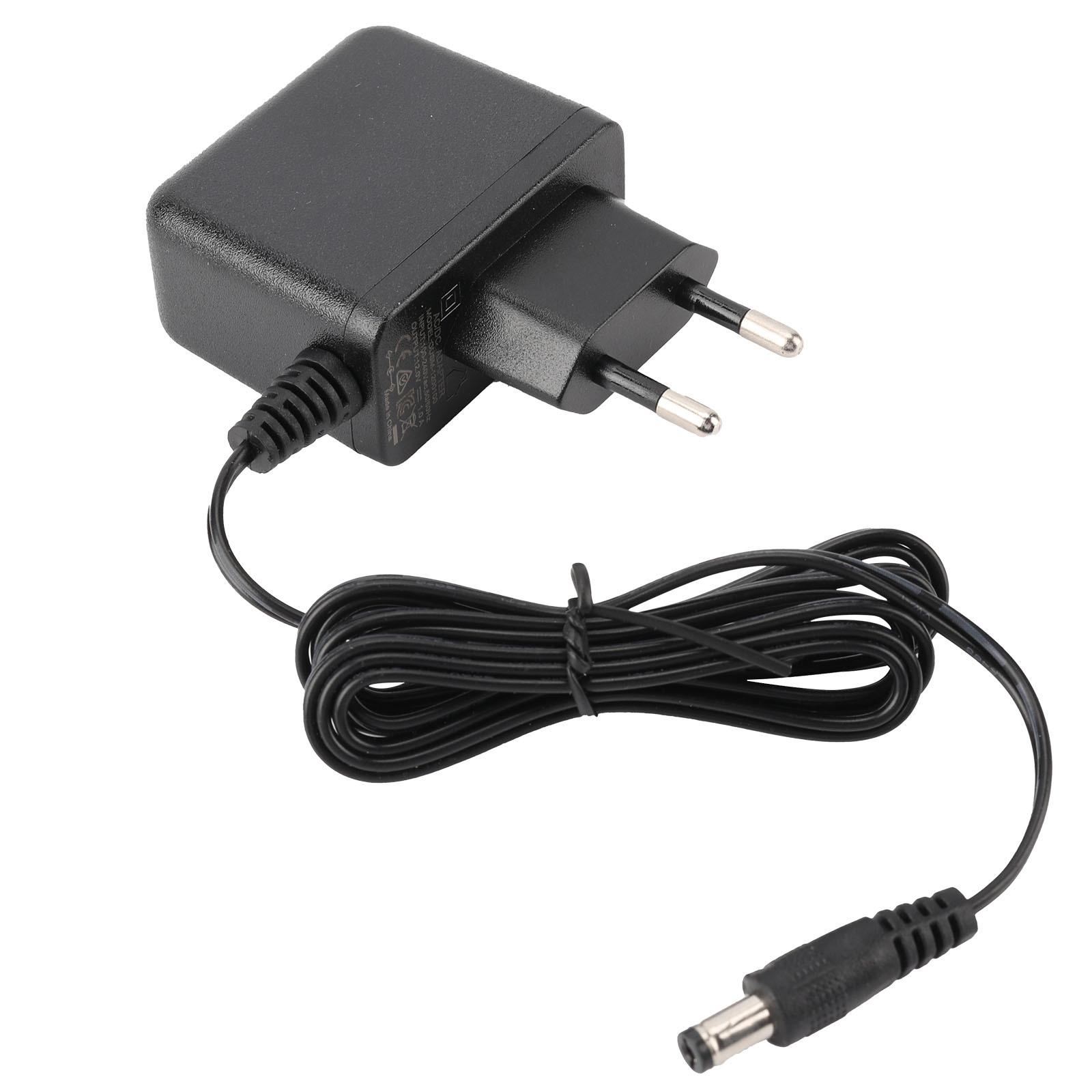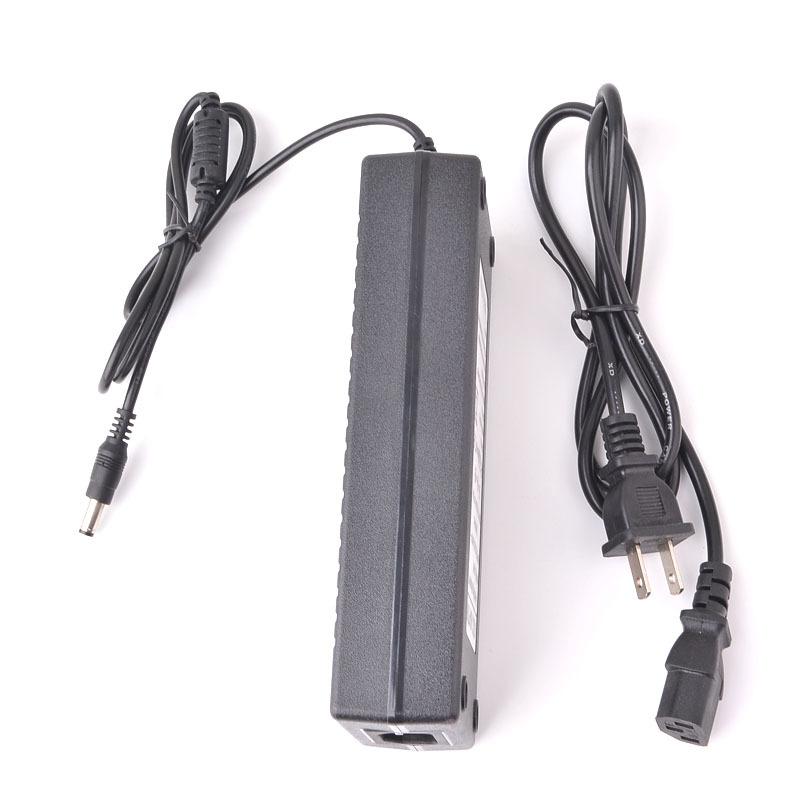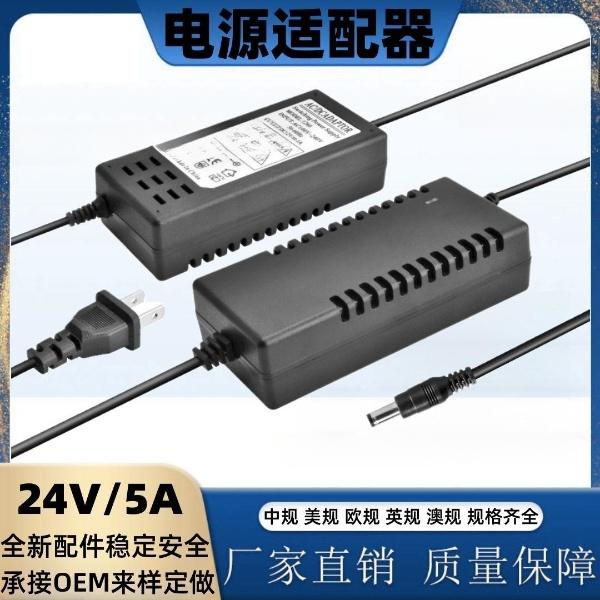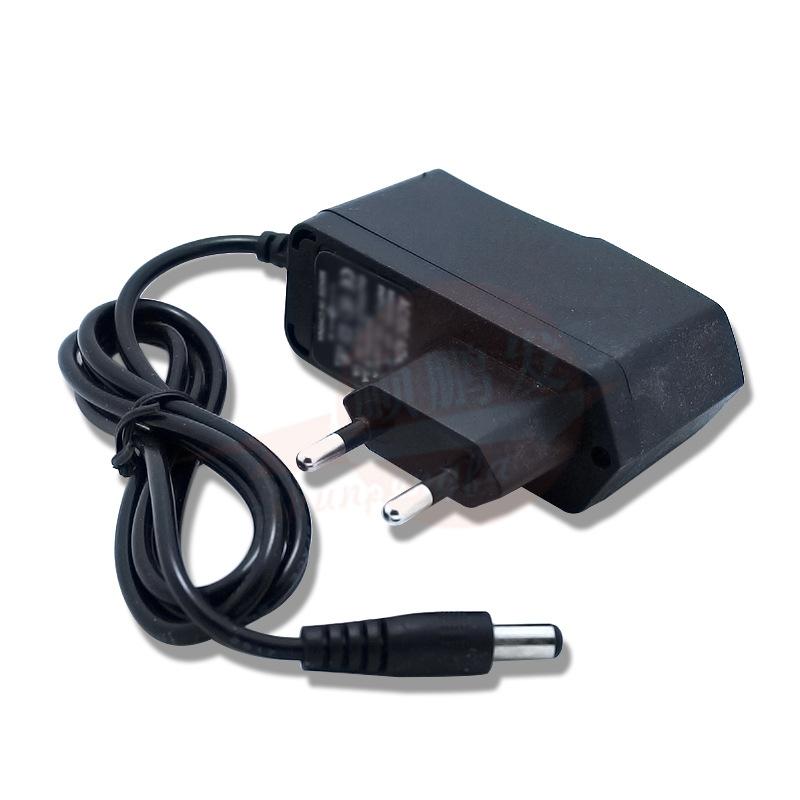This article explains the differences between active and passive RFID tags, as well as their functions and features.
Types of RFID tags
The two types of RFID tags are:
In addition to the two main types, there are also semi-passive RFID tags that contain a battery to turn the tag on when a signal is received, but do not transmit a periodic signal like active tags.
What are active RFID tags?
Active RFID tags have their own power source, usually a battery. This enables them to transmit signals over longer distances and with greater accuracy compared to passive RFID tags. Active RFID tags can continuously broadcast their signal, making them suitable for real-time location tracking of assets or vehicles. They are often used in applications such as vehicle tracking, equipment monitoring, and personnel tracking.
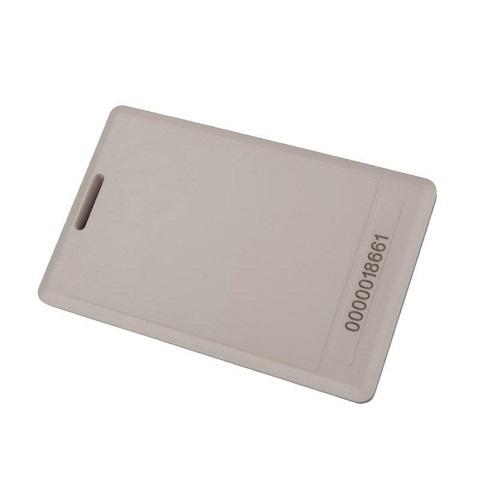
Features of active RFID tags
- Internal power source: Active tags have a built-in battery, enabling them to power their own signal transmission and onboard sensors (if any).
- Longer read range: Thanks to the internal power source, active tags can communicate with readers over much greater distances, often up to 100 meters or more, depending on the system.
- Higher cost: The inclusion of a battery and more advanced components makes active RFID tags more expensive than passive ones.
- Larger size: Due to the battery and additional electronics, active tags are generally larger than passive tags.
- Limited lifespan: The battery eventually depletes, giving active RFID tags a finite operational life (usually several years, depending on the battery and usage).
- Enhanced functionality: Many active tags can include additional features such as environmental sensors (e.g., temperature, humidity) or data logging capabilities.
Types of active RFID tags
- Beacon tags: Transmit signals periodically to announce their presence, allowing continuous tracking in applications like real-time location systems (RTLS).
- Transponder tags: Only transmit data when activated by a reader, which helps conserve battery life.
Applications of active RFID tags
- Asset tracking: For tracking high-value or mobile assets over long distances, such as in warehouses, logistics, or hospital equipment.
- Real-time location systems (RTLS): Used in industries to track the location of people or equipment.
- Environmental monitoring: Monitoring conditions like temperature or humidity in storage or transit.
- Vehicle tracking: In toll collection, fleet management, and parking systems.
What are passive RFID tags?
Passive RFID tags do not have their own power source. They are powered by the electromagnetic energy transmitted from RFID readers. When the reader sends out a signal, it energizes the passive RFID tag, allowing it to transmit its information back to the reader. Passive RFID tags are commonly used for tracking inventory, access control, and supply chain management.
The features of passive RFID tags include:
- No battery: Passive tags operate solely by harvesting energy from the reader’s signal.
- Shorter range: Since they lack a power source, passive RFID tags generally have a shorter read range (typically up to a few meters).
- Low cost: Without the need for a power source or complex circuitry, passive RFID tags are relatively inexpensive.
- Durability: These tags can be more durable and have a longer lifespan because they do not rely on a battery that could deplete over time.
- Dependence on reader power: The read range and performance of passive RFID tags depend heavily on the power of the reader, the environment, and the design of the tag.

What is the difference between active and passive RFID tags?
Active RFID provides longer range, higher data capacity and real-time tracking, while passive RFID offers lower cost and smaller size, making it suitable for high-volume applications. The main differences between active and passive RFID tags are as below.
| Aspect | Active RFID tags | Passive RFID tags |
|---|---|---|
| Power source | Active RFID tags have their own power source, usually a battery, to power the microchip and transmit a signal to the reader. | Passive RFID tags do not have a battery. They draw power from the electromagnetic waves sent by the reader, which induces a current in the tag's antenna. |
| Read range | Active RFID tags have a longer read range, often over 100 meters, due to their onboard power source. | Passive RFID tags have a shorter read range, typically up to 20 feet, as they rely on the reader's signal strength. |
| Size and cost | Active RFID tags are larger in size and more expensive compared to passive tags. | Passive RFID tags are smaller, cheaper to manufacture, and can be made into stickers or cards. |
| Data transmission | Active RFID tags can transmit more data and have higher accuracy, as they can run more complex electronics. | Passive RFID tags have limited data transmission capabilities, as they only reflect the signal received from the reader. |
| Applications | Active RFID is better suited for tracking high-value assets over wide areas, monitoring environmental conditions, and applications requiring real-time data. | Passive RFID is commonly used for item-level tracking, supply chain management, access control, and other applications where cost is a key factor. |
The frequency of active RFID tags
Active RFID tags typically operate at various frequency ranges, depending on the specific application and technology. The most common frequency ranges are as below.
| Frequency ranges | |
|---|---|
| Low Frequency (LF) |
125 kHz to 134 kHz Used for applications like access control and animal tracking. These frequencies have a shorter range but are less susceptible to interference. |
| High Frequency (HF) |
13.56 MHz Commonly used for applications such as smart cards and ticketing. HF active RFID tags have a moderate range, typically up to a few meters. |
| Ultra High Frequency (UHF) |
433 MHz to 915 MHz UHF active RFID tags are widely used for inventory tracking and supply chain management. They can achieve ranges of up to 100 meters or more, depending on the environment. |
| Microwave Frequency |
2.45 GHz or 5.8 GHz Used in specialized applications, often providing very high data rates and longer ranges. |
The frequency and read range of passive RFID tags
Passive RFID tags operate in three main frequency ranges as below. Each frequency range is suited to different applications based on read range, speed, and environmental factors like interference and material penetration. Passive RFID tags are powered by the electromagnetic signal from the reader, which influences the range and frequency performance.
| Frequency range | Frequencies | Read range | Applications |
|---|---|---|---|
| Low Frequency (LF) | 125 KHz, 134 KHz | Up to 10 cm | Commonly used for animal tracking and access control due to their short range and low interference susceptibility. |
| High Frequency (HF) | 13.56 MHz | Less than 1 m | Widely used in contactless payment systems (NFC) and for data sharing due to its established protocols for secure transactions. |
| Ultra High Frequency (UHF) | 860–960 MHz | Up to 12 meters or more (depending on environmental factors and reader power) | Supply chain management, inventory tracking, logistics, and more. |
How much does an active RFID tag cost?
The cost of an active RFID tag varies depending on its features, battery life, range, and environmental durability. Bulk purchases or custom solutions often come with discounts, and costs can be reduced based on the scale of the deployment. Additionally, consider the cost of infrastructure (readers and software) and battery replacement for long-term use.
| RFID tags | Cost range | Features | Applications |
|---|---|---|---|
| Basic active RFID tags | $15–$50 per tag | Standard battery-powered tags with a read range of 100–200 meters. | Asset tracking, personnel monitoring, and simple logistics operations. |
| Specialized active RFID tags | $50–$150+ per tag | Tags with additional functionality, such as sensors (temperature, humidity, vibration), rugged casings, or longer battery life (up to 5–10 years). | Cold chain monitoring, high-value asset tracking, and industrial or outdoor environments. |
| High-end active RFID tags | $150–$300+ per tag | Advanced capabilities like GPS tracking, real-time data transmission, or extremely durable designs for harsh environments. | Fleet management, military logistics, and high-precision location tracking. |
How do passive RFID tags work?
Passive RFID tags consist of a microchip and an antenna. The microchip stores information and processes signals, and the antenna captures energy from the reader and transmits data.
Passive RFID tags operate without their own power source, relying on energy from the RFID reader to function. Here's how they work:
-
Reader transmission
An RFID reader sends out electromagnetic waves through its antenna. These waves create a magnetic field in the area surrounding the reader.
-
Energy harvesting
When the passive RFID tag enters the reader's electromagnetic field, its antenna captures this energy. This energy powers the microchip on the tag.
-
Tag activation
Once powered, the tag's microchip processes the incoming signal from the reader.
-
Backscatter communication
The tag sends data back to the reader by reflecting (or modulating) the reader's signal in a process called backscatter modulation. The tag changes the characteristics of the reflected signal (such as amplitude or phase) to encode its stored data.
-
Reader decodes the data
The reader detects the modulated signal, decodes the information, and processes it according to the application (e.g., inventory management, access control, or asset tracking).
Are passive RFID tags read-only?
Passive RFID tags are primarily read-only, meaning they typically contain a unique serial number that is fixed at the time of manufacturing and cannot be altered. This characteristic makes them suitable for applications requiring simple identification, such as retail inventory management.
While most passive RFID tags are read-only, there are also read-write variants available, which allow data to be written or modified. But read-write tags are generally more expensive than read-only tags. The choice between these types depends on the specific requirements of the application, such as whether data needs to be updated or simply identified.
